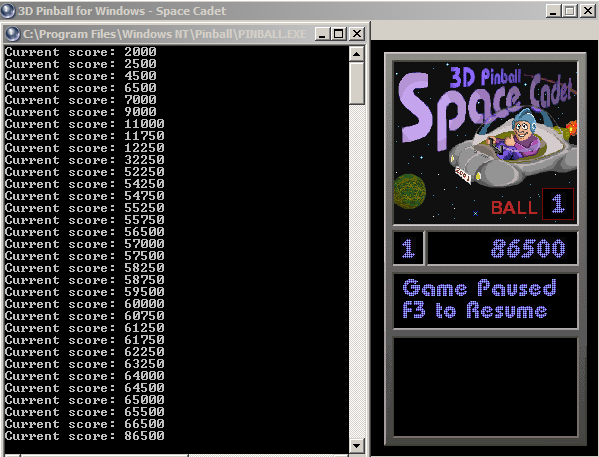| 일 | 월 | 화 | 수 | 목 | 금 | 토 |
|---|---|---|---|---|---|---|
| 1 | 2 | 3 | 4 | |||
| 5 | 6 | 7 | 8 | 9 | 10 | 11 |
| 12 | 13 | 14 | 15 | 16 | 17 | 18 |
| 19 | 20 | 21 | 22 | 23 | 24 | 25 |
| 26 | 27 | 28 | 29 | 30 | 31 |
- mean
- pycharm
- install
- RNN
- 삼성소프트웨어멤버십
- GitHub
- Series
- 알고리즘
- SciPy
- LSTM
- SPL
- ipad
- keras
- Button
- GT-S80
- Numpy
- Lotto
- E-P1
- index
- CNN
- dataframe
- pandas
- Python
- DFS
- Splunk
- synology
- mariadb
- javascript
- pip
- imread
- Today
- Total
잠토의 잠망경
[Code Project]The Beginners Guide to Codecaves 본문

Contents
Introduction
Introduction
A "code-what"? Unless you have spent some time working in the area of reverse engineering, chances are you have not heard of the term "codecave" before. If you have heard of it, you might not have read a clear definition of it or quite understand what it is or why it is useful. I have even asked seasoned assembly programmers about the term before and most of them had not heard of it. If it is new to you, do not worry, you are not the only one. It is a term that is scarcely used and is only useful in a reverse engineering context. Furthermore, is it "codecave" or "code cave"? I am not quite sure, but I will try my best to refer to it consistently as a "codecave". A space may sneak in there from time to time.
If you search around on the internet, you will not find much on the topic of codecaves. If you do, most of the resources are found on "shady" sites. It is true that codecaves have an important and useful place in the underground world of hacking, but they can be used for legitimate reasons as well (as with anything programming related that can be used for good or bad). Regardless, codecaves are just another tool a programmer or reverse engineer can use to enhance their skills and toolset. You may not have an immediate use for it now, but perhaps one day you will and you will be glad that you know how to use the concept.
The purpose of this article is to provide a complete guide to understanding and using codecaves. By the end of this article, you will know what a codecave is, what it is useful for, and how to use it. In addition, you will be exposed to a practical example to reinforce what you have learnt, so you can see the concept in action. This article is written as a guide for all levels of expertise, even beginners, but it is assumed that you have some basic knowledge of C/C++, Assembly, and Reverse Engineering concepts. As you read along in the article, you might want to search the net for additional reference material if something is not quite clear.
This article is broken down into four main sections with various subsections. The "Introduction", what you are reading now, will setup the article and cover what this article is about and what you will hopefully learn. The "Theory" will discuss the theory of codecaves in regards to what they are and how they are used. The "Application" will show the "Theory" section in action with a complete example of using codecaves to accomplish a particular task. Last but not least, the "Conclusion" will quickly recap what the article has discussed and present parting words.
Now that the boring stuff is out of the way, it is time to get started!
출처: http://www.codeproject.com/KB/cpp/codecave.aspx

